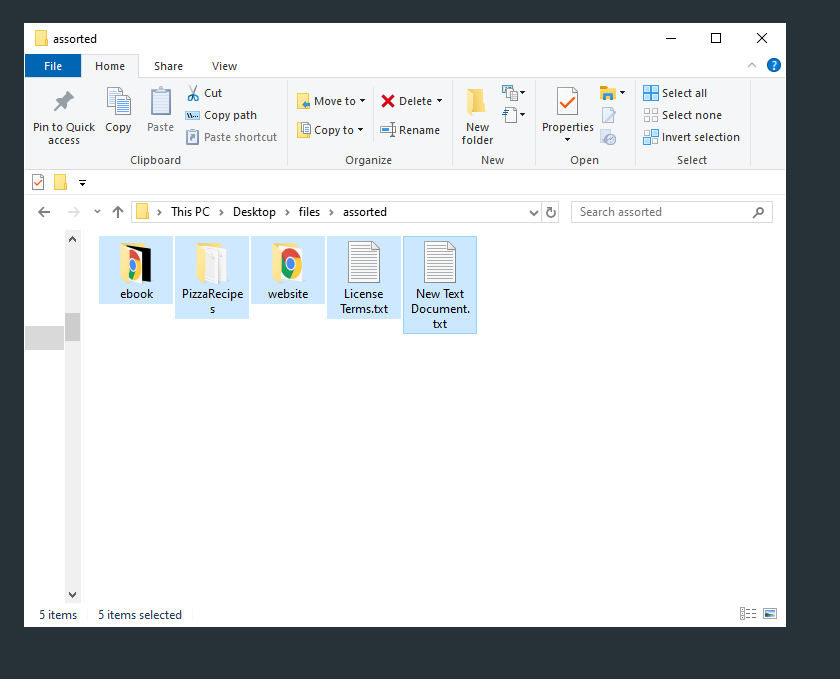

They have the tech advice to help you navigate whatever challenges you’re up against and get you safely to where you want to be.Ĭall a Dell Technologies Advisor at 877-ASK-DELL or go to for free expert support. That’s what our sponsor, Dell Technologies Advisors do. To succeed, you need someone to guide you through. The rename would still work properly if 120x90 became x or xxxxxxxxxx. The number of characters after the does not matter. Sometimes it feels like the world is throwing everything it has at you. It turns out that this particular problem can be very easily solved using the RENAME command without any need for a batch script. Tap or click here for six more ways to better control your Microsoft Windows files and folders. A word is much easier to remember than a random sequence of numbers. If you want to revisit those images, you can search your computer for the new title. After all, each file name must be unique.

The only difference is that they each have a sequential number in parenthesis. Just like that, all of the selected files will have the same name. (For example, if all of these pictures are of last year’s Christmas party, you might type Christmas 2021.) Next, type the new name you want all the files to have.

subfolders within subfolders within subfolders. This will also work to any folder tree depth. Now we can see every file in every subfolder is renamed in one operation. Rename_files_recursively ( r"C:\\Users\\shedloadofcode\\Documents\\TestFolder" ) rename (file_path, new_name ) continueĬount += 1 print ( f" " ) if _name_ = "_main_" : join (path, prefix + postfix + extension ) splitext (filename ) for i, term in enumerate (search_terms ) : if term in name : Search_terms = Ĭount = 0 for filename in os. To trim the identifier at the beginning of the file name we’ll use string slicing. For example, if the file name includes X then replace with Y. As you can see it isn’t a straight up find and replace job, we will need some logic to match a search term to a replacement. To rename a folder in CMD, type the following, replacing y:\our\path\to\file.txt with the path to your file or folder and NewName with your desired name. The files names on the left needed to look like the file names on the right (this is a small sample but there were hundreds of files). The problem given was that during an automation process hundreds of files had been produced but using the wrong names. This called for a custom script to help out a fellow engineer. However, not all of the renaming followed a set pattern! Nor did it follow any real pattern at all, so using regex probably wasn’t going to help. This is a situation I found myself in recently, a seemingly simple request to help rename a few hundred files in a folder. Although there are many tutorials on renaming files with Python, most don’t go into how to create flexible logic to tailor that batch file rename job to your needs.


 0 kommentar(er)
0 kommentar(er)
